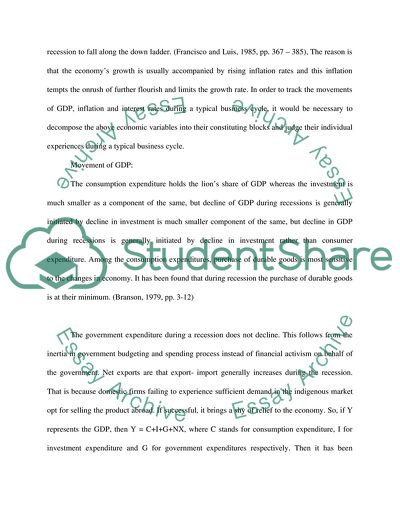Cite this document
(A Business Cycle Fluctuations - Causes and Effects Assignment, n.d.)
A Business Cycle Fluctuations - Causes and Effects Assignment. Retrieved from https://studentshare.org/macro-microeconomics/1709253-answer-short-questions-about-macroeconomics-the-questions-will-be-uploaded-6-questions
A Business Cycle Fluctuations - Causes and Effects Assignment. Retrieved from https://studentshare.org/macro-microeconomics/1709253-answer-short-questions-about-macroeconomics-the-questions-will-be-uploaded-6-questions
(A Business Cycle Fluctuations - Causes and Effects Assignment)
A Business Cycle Fluctuations - Causes and Effects Assignment. https://studentshare.org/macro-microeconomics/1709253-answer-short-questions-about-macroeconomics-the-questions-will-be-uploaded-6-questions.
A Business Cycle Fluctuations - Causes and Effects Assignment. https://studentshare.org/macro-microeconomics/1709253-answer-short-questions-about-macroeconomics-the-questions-will-be-uploaded-6-questions.
“A Business Cycle Fluctuations - Causes and Effects Assignment”, n.d. https://studentshare.org/macro-microeconomics/1709253-answer-short-questions-about-macroeconomics-the-questions-will-be-uploaded-6-questions.


